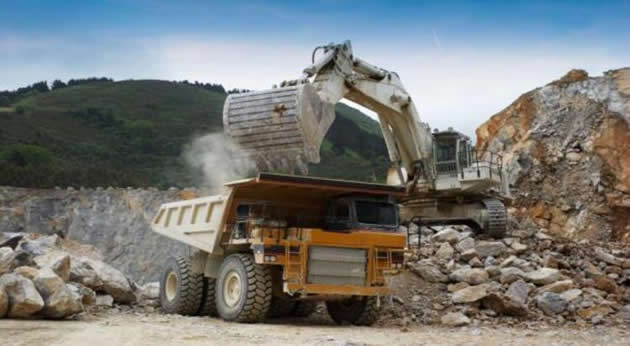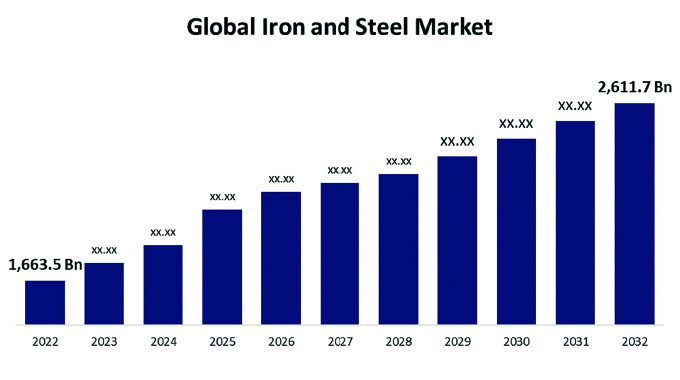Survival strategies for Zim mining companies

Clifford Farai Mutevhe
The global mining industry has seen a sharp drop in commodity prices with the declining growth in China and challenges within the Eurozone mostly cited as the main drivers. The impact of commodity prices has negatively affected the export receipts for Zimbabwe further worsening the already fragile economy. The dollarisation of the economy has further impacted heavily on the economy as there is no cushion to such aspects like currency depreciation. South African mining companies despite the declining prices, are doing well due to the depreciating rand. In this dollarised economy, it is quite important that mining companies improve operating efficiencies, manage costs effectively and take decisive decisions expeditiously.
This article looks at possible strategies Zimbabwean mining companies can implement to improve business performance, let alone survive. I am confident the strategies can also be implemented by other businesses that are not into mining. The strategies are largely drawn from 21 years of mining experience.
Head office costs
In most cost cutting measures, head office costs are least talked about. This is due to the fact that these costs impact largely top management. Cost cutting measures that impact on top management are largely resisted by management. It is the duty of the board to assist in restructuring head office costs especially where there is inaction by the chief executive officer or general manager of the organisation.
Corporate offices incur high fixed costs through high administrative costs and executive salaries. In most cases, the head office is rented and occupies spacious space in the Central Business District. There is need for mining companies to evaluate the costs associated with corporate offices. In most operations, corporate offices duplicate functions at the mine. This tendency to duplicate functions impacts negatively on mine operation, as site management has tendencies of waiting for executive decisions, which though value adding, might be done out of time. It is my belief that corporate offices should be manned by a lean structure that’s available to support the functions of the CEO or general manager of the operation.
Salaries and wages
When Zimbabwe moved from the local currency to the multi-currency regime in 2009, salaries and wages setting was largely influenced by the need to retain talent. With declining commodity prices, some salaries are no longer in sync to the global market commodity prices. This has led some operations to cut wages and salaries by certain percentages. In some cases benefits like housing, transport and educational allowances have been withdrawn completely or cut.
I believe that when setting salaries especially for management, a company should reference to the worst possible scenario in regards to commodity prices. If you are a gold operation and believe that the worst possible global market price is USD800/ounce, then salaries setting should reference to that. If the gold price is better than base, a variable salary component in the form of bonus based on global price can be set.
Costs of employment need to be properly managed. In SA, the total package is used to manage employment costs. In Zimbabwe, management is normally loaded with incentives like car, housing and school fees allowance. To maximise benefits management would buy top of the range vehicles, send their children to top schools and stay in most expensive houses if property is rented. It is my belief that a total package is a better method of remunerating as employees will seek the best options to utilise their salary.
Size of operation
The size of an operation has significant impact on the cost of production. This is due to the proportional decrease in fixed costs with increase in size of operation. Large capacity producers tend to be concentrated in the lowest quartile of the cost curve while low capacity producers tend to be concentrated in the upper quartile. This concentration can be explained by the principle of economies of scale. As the production increases, the unit cost of production tends to decrease. Large sized operations tend to negotiate better supply contracts than small sized operations.
Mining operations need to seek growth (if resource size is not limiting). The platinum sector in Zimbabwe is a case in point. It still has significant growth potential. The sector can grow by more than three times its current size. Government policies need to be put in place that promotes growth of the existing mining companies. This will impact positively on the global competitiveness of the Zimbabwean platinum operations.
Negotiations on input prices
The movement from the Zimbabwe Dollar to the multi-currency regime, did not change much the profit margin mentality among Zimbabwean entrepreneurs. During the Zimbabwe Dollar era, suppliers were used to huge profit margins. This mentality has cascaded into the multi-currency regime with serious negative impact on the mining cost of production. It is important that mining operations review input prices periodically. I also would like to propose that independent companies be used to evaluate input prices. This eliminates any possible corrupt management practices that buying departments may engage in.
In negotiating prices of inputs, benchmarking with other companies is important. It will assist in speedily determining the best possible input price of the specific commodity. Mining companies also have options to engage global procurement houses that might have better negotiating powers. Contracts set by operation should be periodically reviewed at least once per year. I suppose during review, the contract can either be renewed or cancelled. This will keep contractors in check to ensure best possible deals. It is also important that mining companies do build partnerships with those suppliers who have delivered demonstrable value.
Efficiency improvement
Management should seek innovative technologies to improve operational efficiencies. Plant recovery, overall plant availability, labour utilisation are aspects that operations need to seek to improve. There is need for operations to seek to instill a culture of sustainable operational improvement. The Technical Services Department of a mining operation should seek to show tangible operational efficiency improvements by demonstrating this through sustained reduction in unit cost of production.
Mine planning
When metal prices are low, there is need to review the mine plan to focus on improved mined grades. The cut-off grade may have to be changed to improved levels. Increase in grades will mean the mine can produce lower volumes but still maintaining similar if no better production output. This has an impact on reducing production costs. Bindura Nickel Corporation has perfected well in their mine planning by improving mined grades from 1,2 percent nickel in ore to around 1,71 percent Nickel in ore. The unit cost of production responded well to the change in mine plan. This has averted potential closure of Bindura, had it not taken such drastic measures on cut-off grade.
Improving cut-off grade has its downside effect of reducing mine life. Reduction in mine life is a better devil than declaring loss to shareholders.
In the event that the mine has underground and surface operations, the mine can decide to go for surface operations which are generally cheaper to mine. Underground operations tend to be labour intensive, and have low productivity levels.
Operational excellence
A business has to foster a culture of operational excellence if it has to operate efficiently. A poor business culture can kill even the most profitable business. A good business culture requires effective management. Operational excellence is evident in the business through good safety, health, environmental and quality records, meeting business production targets and low employee turnover.
A culture that discourages rampant spending has to be fostered in employees. This can be achieved through business appreciation training.
Resource nationalism
The mining industry faces a wave of mounting hostility. Imposition of rising mining industry taxes, permitting fees and royalties are negatively affecting the already struggling mining industry. The call for beneficiation in the platinum sector has further worsened the business performance of the platinum sector. There is need for mining companies to negotiate aggressively with government on the level of taxes that promote growth of mining. Royalties and other mining fees can be better linked to the commodity price to ensure sustainable mining operations.
Cost management teams
A reasonable strategic approach to cost management involves assembling mid-level management teams and challenging them to identify potential initiatives, so a company can build an inventory of options. The options can then be analysed and the best handful chosen for implementation. This approach helps in getting buy-in from management and employees. Financial rewards can be set for ideas that save money for the operation. An approach to this management strategy involves the following:
Assembling the right teams at the department, business unit or functional level. Often it’s mid-level managers who know where the organisation could be more effective and the cross-functional teams who create breakthrough ideas.
Getting all ideas on the table. Generate as many cost saving ideas as possible through brainstorming sessions. All ideas need to be clearly tabulated during the idea generation stage.
Cluster and evaluation of ideas. All the ideas are evaluated for potential savings. The ideas are then rated using specific rating criteria. Ideas are then picked on the bases of a set criteria.
Deciding which initiatives to launch. It always makes sense to implement the “clear wins” and many of the “worth the trade-off” initiatives. A distressed business or one that needs to hit earnings targets may need to dip into the “last resort” category. If so, pick the initiatives that have the largest savings potential for the least damage to effectiveness. Teams may also identify the ideas that cos – rather than save – money to improve effectiveness, but set those aside for a period when the firm can afford the investment.
Last resort
Plenty of initiatives can reduce costs but these can have a damaging effect on certain aspects of the business. Companies should undertake this kind of initiative only under duress. Initiatives such as downsizing to bare minimum SHE (Safety, Health and Environment), Human Resources, and Training Departments. These departments can be cut to bare minimum with certain roles being taken by production or engineering departments. I believe the future lies in subcontracting these activities. Companies should consider multiskilling production and engineering managers to handle SHE and Human Resources issues. Other last resort efforts involve reducing salaries and wages for employees. Benefits can also be reviewed downwards until business conditions improve.
The strategies highlighted above though not exhaustive can assist in improving business performance. It is my firm belief that most operations fail due to the inaction of management. Cases in point are companies such as Hwange, where despite losing major markets (Zimasco and ZISCO), they continued to maintain a blotted labour structure. It is no wonder why despite equipment procurement from India, they continue to struggle to operate profitably. The current business environment in Zimbabwe requires quick decision making to plug cash leakages if identified in a business, you snooze, you lose it all.
Clifford Farai Mutevhe is a technical services manager at one of the country’s platinum mining companies. He however writes in his individual capacity.








Comments